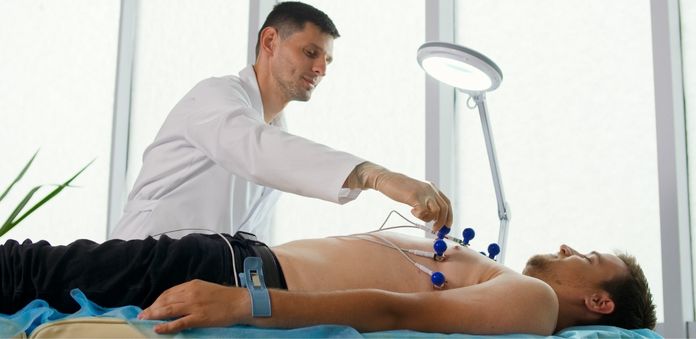Myths About Shockwave Therapy
Shockwave Therapy (also known as Extracorporeal Shockwave Therapy, ESWT) has gained popularity in physical therapy and rehabilitation. Still, a number of myths and misconceptions persist. Let’s separate fact from fiction.
Myth 1: Shockwave Therapy is Painful and Invasive
Reality:
Shockwave therapy is non‐invasive. No surgery, no cuts. Patients might feel a tapping, pulsing, or mild discomfort during treatment—often described as tingling or sensation of pressure—but it’s usually well tolerated. Therapists can adjust the intensity as needed to reduce discomfort.
Myth 2: Shockwave Therapy is a New, Unproven Treatment
Reality:
Though more recent in popularity for musculoskeletal conditions, shockwave therapy has been studied for years. There is a growing body of clinical research that supports its effectiveness for conditions like plantar fasciitis, tendinopathy, calcific shoulder issues, etc. It’s considered safe when performed by trained professionals.
Myth 3: Shockwave Therapy Works Instantly / “One Session Fixes It”
Reality:
While some people may experience relief after just one session, lasting improvement usually requires multiple treatments. The body’s healing response takes time. A typical course might be several sessions spaced over weeks.
Myth 4: It’s Only for Chronic Pain or Only for Athletes
Reality:
Shockwave can be useful for both acute and chronic injuries. It’s not limited to elite athletes. Many common conditions—overuse injuries, tendon issues, some joint pains—can benefit. The key is correct diagnosis, proper treatment planning, and realistic expectations.
Myth 5: Shockwave Therapy is Just Like Ultrasound or Heat Therapy
Reality:
They may sound similar, but they are very different. Ultrasound primarily uses sound waves to promote circulation and warmth, often helping with pain and stiffness. Shockwave therapy uses high‐energy mechanical waves to stimulate tissue repair, break down scar tissue or calcium deposits, and induce biological changes (like improved blood flow, cell regeneration).
Myth 6: Anxiety about Side Effects or Risks
Myth: There are serious, frequent side effects.
Reality:
Side effects are usually mild and temporary—some redness, soreness, or minor swelling. Risks increase if contraindications are ignored (e.g., over open growth plates, certain vascular or clotting problems, pregnancy, tumour sites). A trained therapist will screen for these and adapt or avoid treatment if needed.
Why Some Myths Persist
Misunderstanding of medical terminology
Anecdotes & isolated bad experiences
Marketing exaggerations
Lack of awareness of treatment protocols or how individualized it is.
Key Takeaways
Always consult a qualified physical therapist or specialist.
Ask about evidence for your specific condition.
Understand what to expect: how many sessions, what kind of discomfort, what adjunct therapies.
Follow through with exercises or activity modifications to support the treatment.
In Summary


